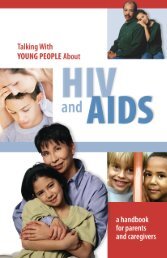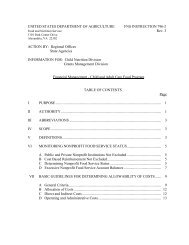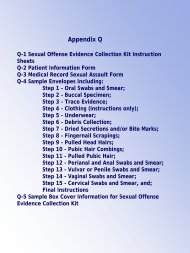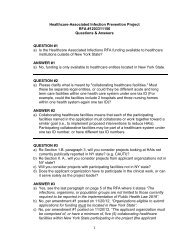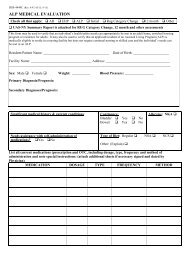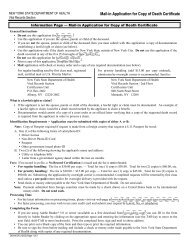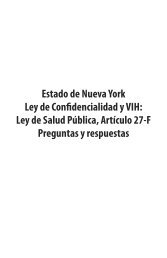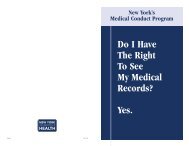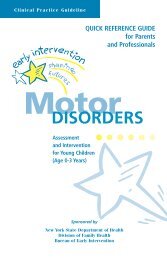HIV: The Basics
HIV: The Basics
HIV: The Basics
Create successful ePaper yourself
Turn your PDF publications into a flip-book with our unique Google optimized e-Paper software.
weak, this virus can cause many painful blisters<br />
and a fever. <strong>The</strong> sores often make it difficult to eat<br />
and swallow. Herpes simplex virus can be treated,<br />
but may also come back. Usually when the<br />
infection returns, there are fewer sores in and<br />
around the child's mouth.<br />
LIP<br />
LIP (lymphocytic interstitial pneumonitis) is a<br />
serious lung disease that starts with shortness of<br />
breath, wheezing and coughing. <strong>The</strong> cause of LIP<br />
is not known. A chest X-ray may help the doctor<br />
make a diagnosis. LIP is usually treated with<br />
steroid medicines, as well as antiretroviral<br />
medicines to control the <strong>HIV</strong>. With treatment, LIP<br />
will improve greatly.<br />
Shingles<br />
Shingles are caused by the same virus as chicken<br />
pox. After having chicken pox, the virus can come<br />
back months or years later anywhere in the body and<br />
is often very painful. On a small area of the body,<br />
the skin breaks out in a rash or small blisters much<br />
like the chicken pox. Inside these little blisters is the<br />
chicken pox virus. Chicken pox can be spread to<br />
another person who has not had the chicken pox by<br />
touching these blisters. Shingles usually go away in<br />
1 - 2 weeks but can last longer and be more severe<br />
when the child's immune system is weak. Shingles<br />
can come back either at the same place or a different<br />
place on a child's body.<br />
1–16 <strong>HIV</strong>: <strong>The</strong> <strong>Basics</strong><br />
9/03



